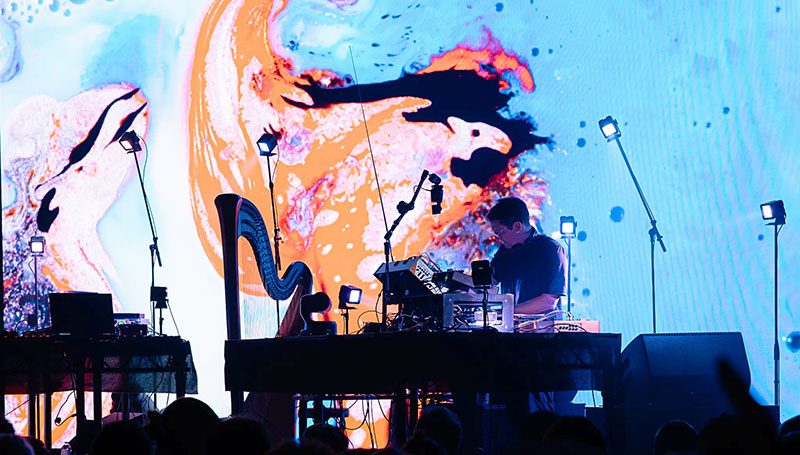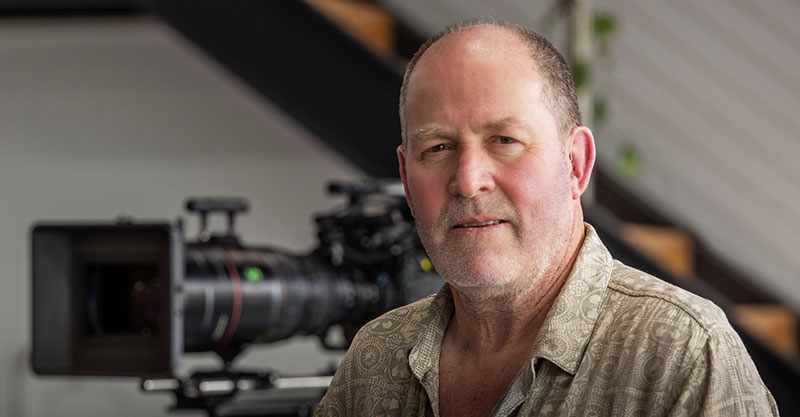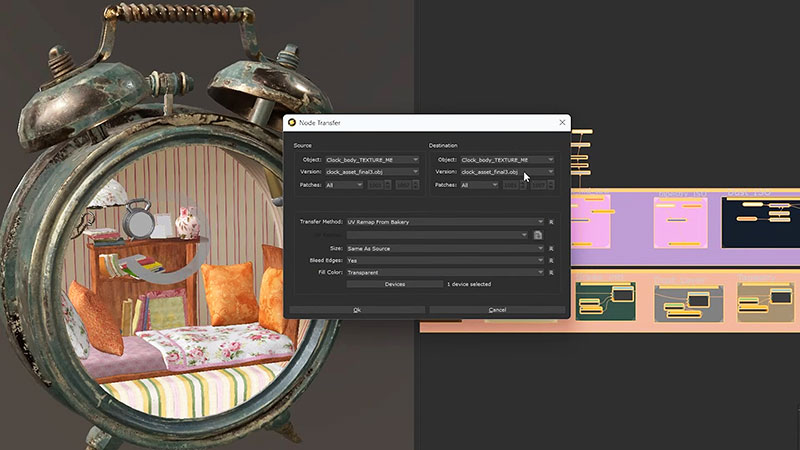La Planète Rouge built a new virtual production studio with a custom LED volume and Brompton video processors specifically to serve as highly realistic, immersive sets for movies.
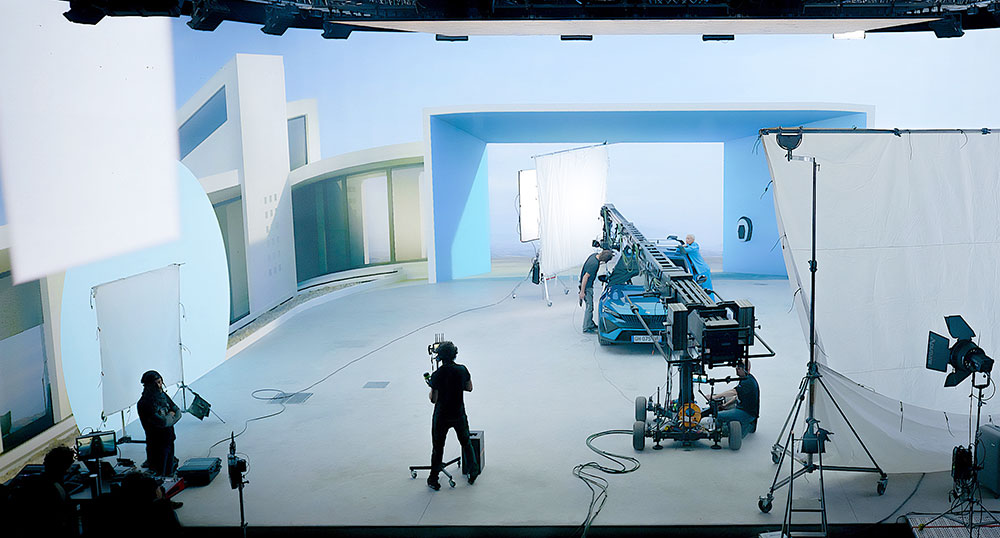
A team of 3D set designers, VFX artists and colourists called La Planète Rouge are responsible for The Next Stage virtual production studio. Operating inside Provence Studios, a major filmmaking and audiovisual production enterprise near Marseille in southern France, The Next Stage features a custom-made LED screen, a U-shaped volume with an LED ceiling, and a mobile set up.
Aiming to serve as a location where production companies can create content for feature films, the La Planète Rouge team wanted the infrastructure to be as immersive as possible and spent a year on R&D, working with various manufacturers. “This approach, combined with funding from the French government, has allowed our team to test everything thoroughly and spend time understanding and mastering their tools,” La Planète Rouge's Production Manager Morgann Brun said.
LED Video Processing
The studio’s custom-built screen was manufactured by ArtBox and runs on Brompton LED video processing. The team's collaboration with both of these companies was instrumental in the R&D stage. ArtBox invested in its own Hydra calibration camera and can now use Brompton's Dynamic Calibration to improve the performance of its panels through greater brightness, improved colour gamut and, as a key factor, the ability to display HDR imagery.
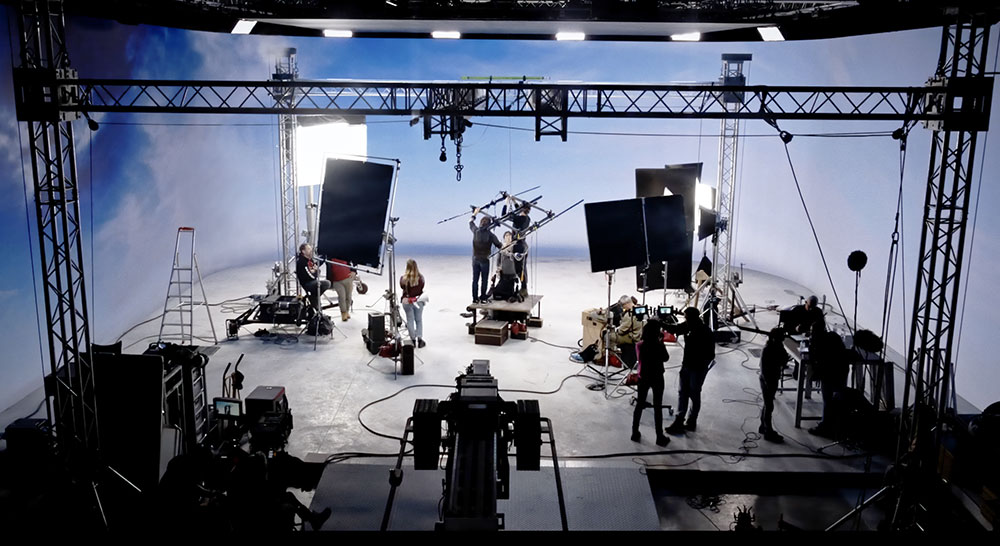
Dynamic Calibration is adaptive, calibrating panels to maintain uniformity while accessing the full potential of the panel’s LEDs regarding brightness and colour saturation. The conventional approach is to apply a fixed, factory-specified calibration to all content, throughout the life of the panel, which can result in panels performing below the brightness they are capable of. In contrast, Dynamic Calibration takes the dynamic nature of LEDs and LED panels into consideration, and the variations in the content that is displayed on the panels.
It can be used to calibrate panels fitted with a Tessera R2 or R2+ receiver card and measured using the Hydra camera. Tessera R2 receiver cards have a Dynamic Engine that processes information in real-time to intelligently determine the best possible way to drive each LED. The result is brighter whites, higher contrast ratios and more saturated, lifelike colours to enhance image depth and realism. Brompton's Business Development Manager Europe, Dries Vermeulen, works as an advisor to La Planete Rouge on technical aspects such as calibration and refresh rates, to ensure the best results.
Holistic Experience and Technical Partners
The team's extensive background in VFX, spanning over 15 years, means that the team can contribute its skills to almost any project, from conception through to delivery. "From creating XR content to operating XR shoots and handling any post-production requirements, our holistic approach optimises clients' budgets, particularly for projects that have quick turnarounds," Morgann said.

The Next Stage studio is designed with a U-shaped volume comprising a 2.5 pitch ArtBox LED wall in three sections, each of which measures 14m by 6m high, along with a motorised roof spanning 8m by 8m, and one 5m by 2.5m mobile setup. All together, these panels total about 50 million pixels. "Our production control room is equipped with ten Brompton Tessera SX40 LED processors, which can render 12-bit HDR video on the LED wall at a frame rate of up to 200 fps for slow motion," said Morgann.
To support the creation of hyper-realistic, immersive virtual environments, the studio is also equipped with nine Disguise servers that render content in real-time, Unreal Engine 5.3, a Sony FX9 camera, and NVIDIA A6000 and RTX 4090 graphics cards. These companies are further involved as technical partners in on-going conversations to ensure the La Planète Rouge team can continually evolve their studio toolkit.
"Communicating with our partners is crucial in keeping us ahead of the curve, in terms of both competitiveness and our ability to use new techniques and equipment to good advantage," Morgann commented.
South of France
"We wanted The Next Stage to be compared to the established LA studios and we think we've done that. Many companies come to us because we're in the South of France, and being able to work within the larger filmmaking facilities like Provence Studios is certainly an advantage for them. The Next Stage becomes a valuable asset that complements the rest of the production."
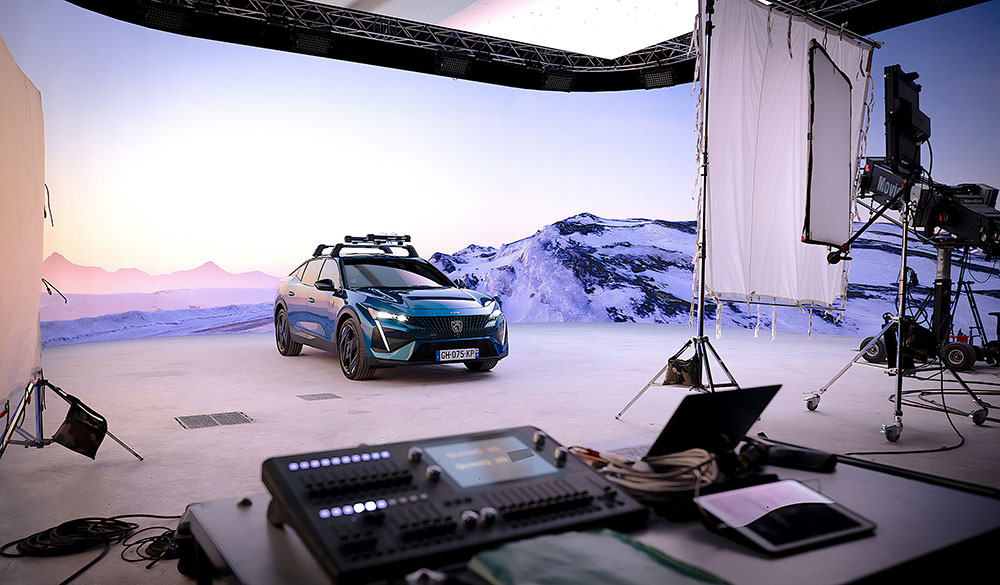
As an example, she described a particular scene for Starz series 'The Serpent Queen', which involved shooting in a palazzo. "Transporting the entire crew to Italy would have been very expensive and time-consuming, and filming on location would have been difficult due to restrictions on extra lighting to protect valuable paintings inside the building. By using virtual production instead, we were able to film both the interior and exterior of the palazzo as required, and utilise two of our studios to shoot the sequence," she said.
Dries Vermeulen from Brompton said, "We worked closely with La Planète Rouge, particularly during the R&D phase, to make sure the team can take full advantage of their customised LED screens and understand the key features of our Tessera LED processing. They are running a successful studio that can realise its clients' visions by producing extremely realistic optical illusions that invisibly blend foreground reality with virtual backgrounds." www.bromptontech.com
Images: ©La Planète Rouge/Provence Studios





